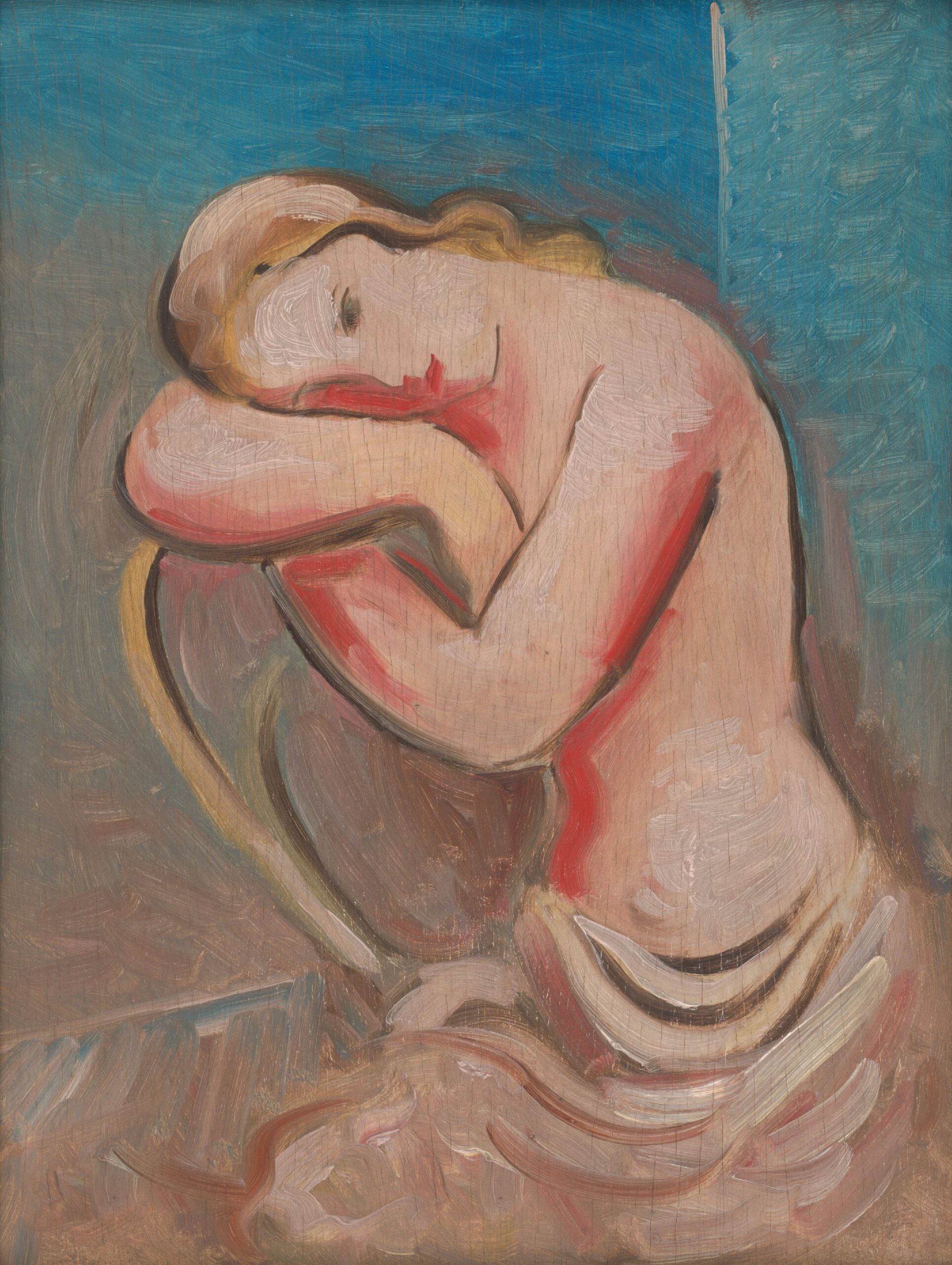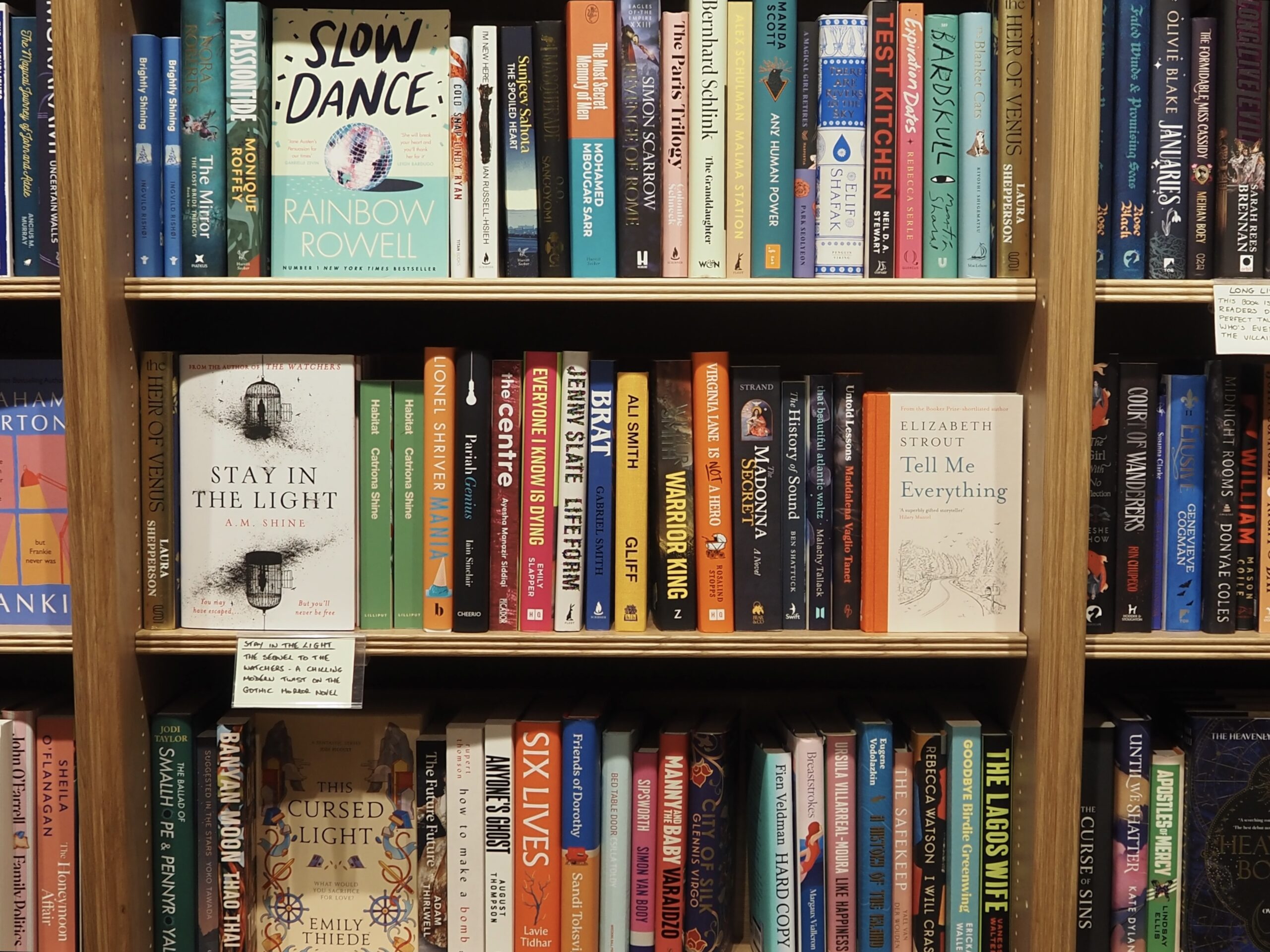Nobody will argue that the Book of Kells is perhaps Trinity’s greatest treasure. The delicate historical manuscript rightfully draws hundreds of thousands of visitors to Trinity every year. As someone who has seen it twice, I can attest to the fact that it’s an amazing relic. However, another one of the college’s most fascinating historical resources is less talked about.
The Trinity herbarium is located in the annex of the Botany building. The interior is similar to a beautiful old library with hardwood floors and old wooden specimen cabinets. Inside of those are folders of specimens, organised in a very methodical system (by plant family, then by genus, then by continent/region). The specimens are delicate, with some of the oldest ones almost crumbling.
Dr. Peter Moonlight, of Trinity’s Botany department, is also the assistant curator of the herbarium. He stated that “a herbarium is a bit like a library, but instead of books, we hold dried specimens of plants mounted on card.”
Herbarium specimens typically have a label with data about the specimen, including the collection date. Dr. Moonlight noted that “our oldest specimens do not have dates, but they may be around 350 years old.” However, despite that age, it wasn’t until later that the herbarium became the one we know and love today: it “started to resemble its modern form in about 1835.” Over the course of those 350 years, the herbarium has ballooned in size and, as Dr. Moonlight said, “today we have approximately half a million specimens.”
But what are the herbarium specimens actually used for? “Historically,” Dr. Moonlight said, “they were collected mostly for research into the diversity and distributions of plant species.” However, he then noted that botanist Vicki Funk, who died in 2019, “documented 101 uses for herbarium specimens, ranging from research into paleoclimates to providing inspiration for artists.”
Another notable use of herbarium specimens is as a type specimen. Dr. Moonlight defined these specimens as “specimens that were used to describe new species of plant.” In a sense, they’re almost like a control group or a baseline–when a collector is trying to identify a particular plant, they will compare it to the type specimen and judge the similarity. The TCD herbarium is “particularly rich in type collections,” with Dr. Moonlight estimating that about 25% of the specimens are types.
I’m lucky enough to be doing a project on herbaria with Dr. Moonlight for my master’s dissertation. And, since November, I’ve been volunteering in the herbarium. Emmet Nyhan, a fellow student in the MSc in Biodiversity and Conservation program, is another herbarium volunteer. In discussing how he got involved in this activity, he stated that it interested him “because of Trinity College Dublin’s rich botanical history and its impressive international collection of plant specimens.” Nyhan talked about how he was interested in nature even as a child. This love of nature, he said, “eventually led me to explore their [plants’] names, differences, origins and their role in various ecosystems,” which then “developed into a passion for plant evolution, taxonomy, phylogenetics and biogeography.” At his undergrad at UCD, Plant Biology eventually became a focus.
Nyhan described a typical volunteer session, discussing how he’ll “label [specimens] with barcodes and then database in an Excel spreadsheet.” Typically, these Excel spreadsheets contain information such as the species, the scientist who was responsible for naming the species (referred to as the “authority”), and “other pertinent information” such as which region of the world the specimen is from. He added that the volunteer sessions “can be lengthy, particularly when deciphering cursive or poor handwriting on labels.”
These descriptions of the herbarium–old storage methods, specimens from centuries ago, hard-to-read handwriting on labels–might make it seem like it’s stuck in the past. But that is very much not the case. As with many herbaria around the world, there is an ongoing effort to digitize (transcribe the writing on the labels) and image (photograph the preserved plant itself) the specimens. For the TCD herbarium, according to Dr. Moonlight, this initiative would ideally take seven years. That works out to just over 71,000 specimens digitized per year. The significance of having this information available electronically is notable. Dr. Moonlight states that the digitization work “will allow us to make them [the specimens] available to researchers all around the work, and maximise their scientific impact in the process.” There is also an ongoing process to modernize the storage system, with new worktops already installed and new cabinets coming soon.
The herbarium is perhaps little-known among the Trinity community, despite being mentioned on Trinity Trails tours. Given its importance, however, it deserves more recognition. Dr. Moonlight mentioned the necessity of outreach: “What I would love to see [in the future] is an exhibition that allows the public to explore some of our collections.” Barring that, volunteer opportunities are available; Dr. Moonlight emphasised that non-students are also welcome to volunteer (those interested can email him). “Our volunteers find it a really meditative process,” said Dr. Moonlight, “that also gives you the chance to travel through space and time to where each of our specimens were collected.” I can vouch for the fact that it has been a very rewarding experience. Being able to handle and learn about these specimens–which, to me, are like treasure–has been so gratifying. Nyhan sums it up very well: “I feel deeply honoured to participate in this kind of stewardship – leaving one’s mark on the world, whether big or small, and being able to say, ‘I did that,’ is truly a privilege.”







